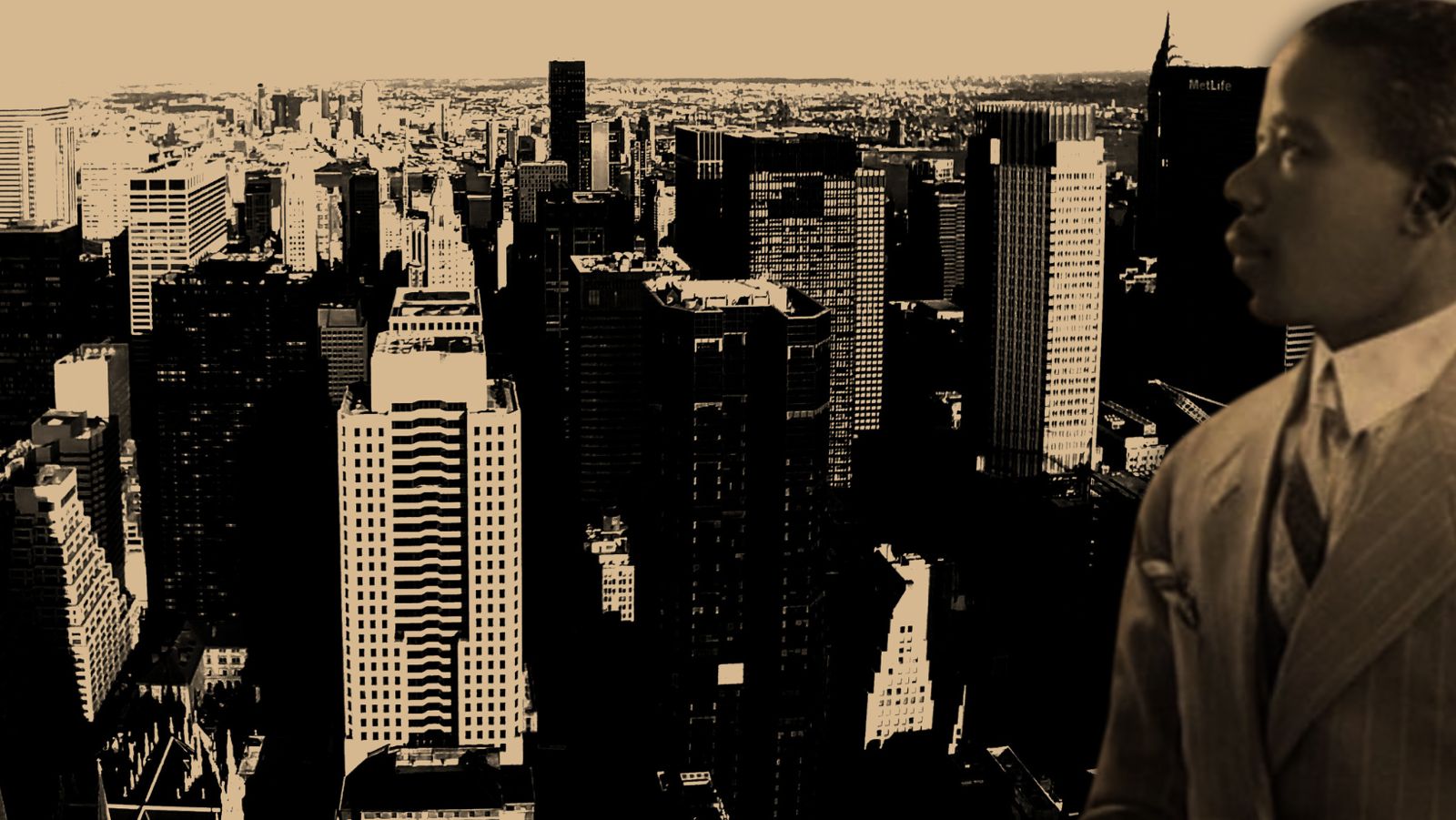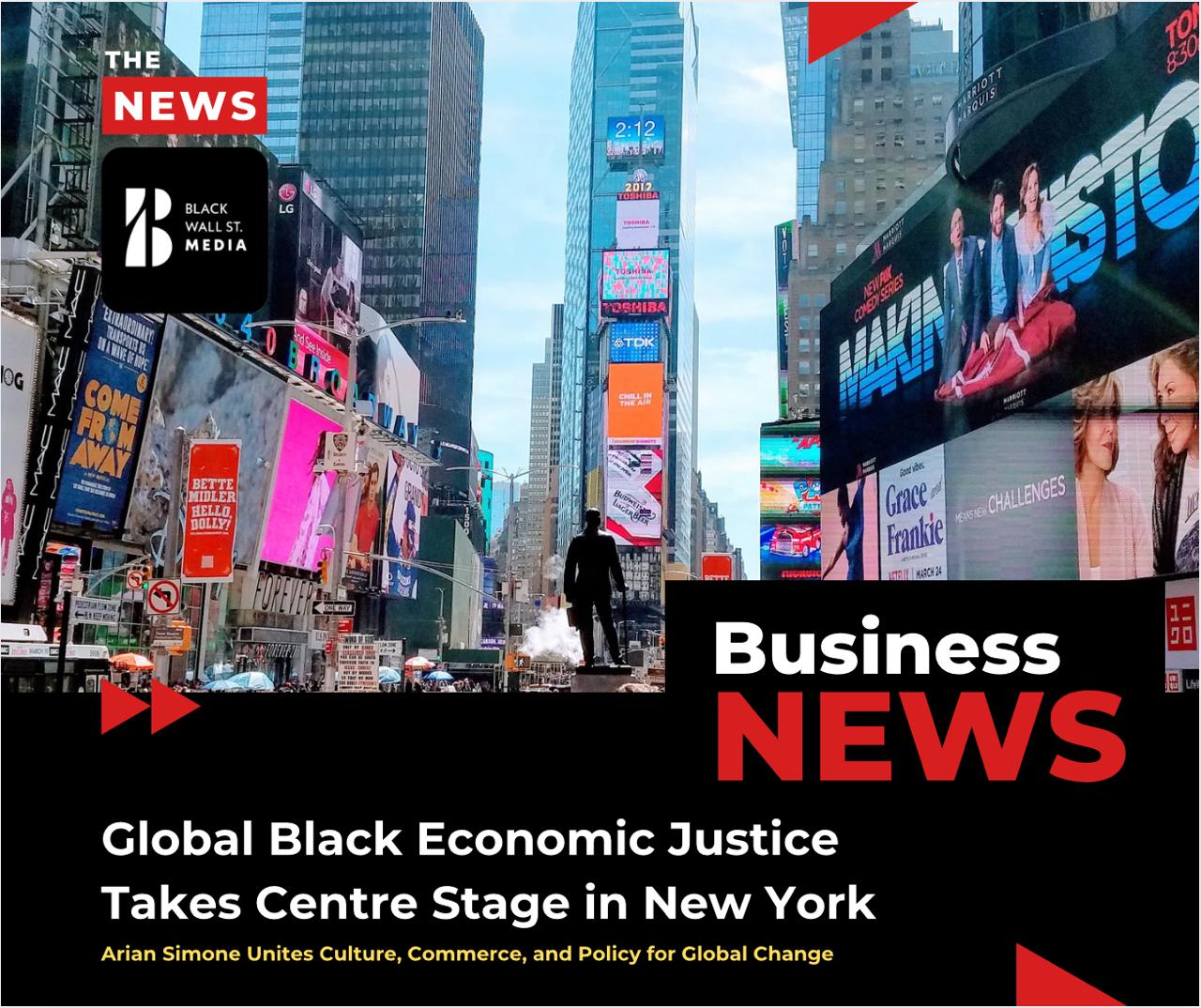HISTORY
Beyond Blueprints: The Entrepreneurial Spirit of Frederick Massiah
“Explore the inspiring journey of Frederick McDonald Massiah – an architectural trailblazer who defied odds and left an indelible mark on American construction. From Barbados to pioneering concrete innovations, Massiah's legacy is a testament to resilience and entrepreneurial spirit. Join us in celebrating a true visionary in architecture.”
Black Wall Street MediaBlack History Month 2024 - FEBRUARY
Frederick McDonald Massiah (1886–1975): Pioneering Architect and Visionary Builder
Born on December 12, 1886, in Barbados, West Indies, Frederick McDonald Massiah emerged as a trailblazing figure in the field of architecture and engineering, leaving an indelible mark on the landscape of construction and design in the United States.
His journey, from humble beginnings to becoming one of the first successful black contracting engineers in the country, is a testament to his resilience, determination, and groundbreaking contributions to the industry.
Early Years and Educational Pursuits:
Frederick McDonald Massiah’s story began in Barbados before he embarked on a transformative journey to the United States in 1909. Arriving as an immigrant, Massiah navigated the challenges of starting a career as a laborer while pursuing his education in the evenings.
His dedication led him to the Pennsylvania School of the Fine Arts, where he delved into the intricacies of architecture. Around 1915, he earned a degree in civil engineering from Drexel Institute (now Drexel University), showcasing his commitment to academic excellence.
Pioneering Business Ventures:
By the early 1920s, Massiah had already established his own construction business—an impressive feat during a time when black Americans faced significant obstacles in obtaining financial support, insurance, and acceptance by trade unions.
His resilience and entrepreneurial spirit set the stage for a career that would challenge norms and break barriers.
Innovative Construction Techniques:
Massiah gained public recognition in 1925 for his groundbreaking work on the Ascension of Our Lord Roman Catholic church in Philadelphia.
The construction of an elliptical concrete dome, a pioneering endeavor, showcased Massiah’s innovative approach.
His methods, including the use of reinforcements in concrete, predated widespread building codes of the 1920s, solidifying his reputation as a forward-thinking engineer.
Notable Projects and Accolades:
The Walnut Plaza Apartments in West Philadelphia, constructed under Massiah’s leadership in 1927, further underscored his prowess in the field.
His company’s achievements led to Massiah receiving the bronze medal in business from the William E. Harmon Foundation in 1929, recognizing his outstanding contributions to building engineering, particularly in concrete construction.
As Massiah’s reputation flourished, so did the scale of his projects. From the William Donner X-Ray Laboratory at the University of Pennsylvania to Army barracks at Fort Meade, Maryland, and U.S. Post Office buildings across the nation, Massiah’s influence reached far and wide.
His involvement in the $5 million Morton Housing Development project in Philadelphia solidified his status as a prominent figure in construction.
Personal Life and Legacy:
In 1950, Frederick Massiah married Edith Lamarre, and they welcomed two sons, Allen and Louis, and a daughter, Frederica Massiah-Jackson.
Beyond his professional achievements, Massiah was actively involved in various organizations, including the Phi Beta Sigma Fraternity, the Philadelphia Chamber of Commerce, the Masonic Order, and the NAACP.
Frederick McDonald Massiah passed away on July 7, 1975, at the age of eighty-nine.
His enduring legacy lives on not only through the structures he built but also in the inspiration he provides to future generations of architects, engineers, and entrepreneurs.
”Massiah's story is a testament to the transformative power of education, perseverance, and the ability to break down barriers in the pursuit of one's dreams.
Black Wall St. MediaContributor


























